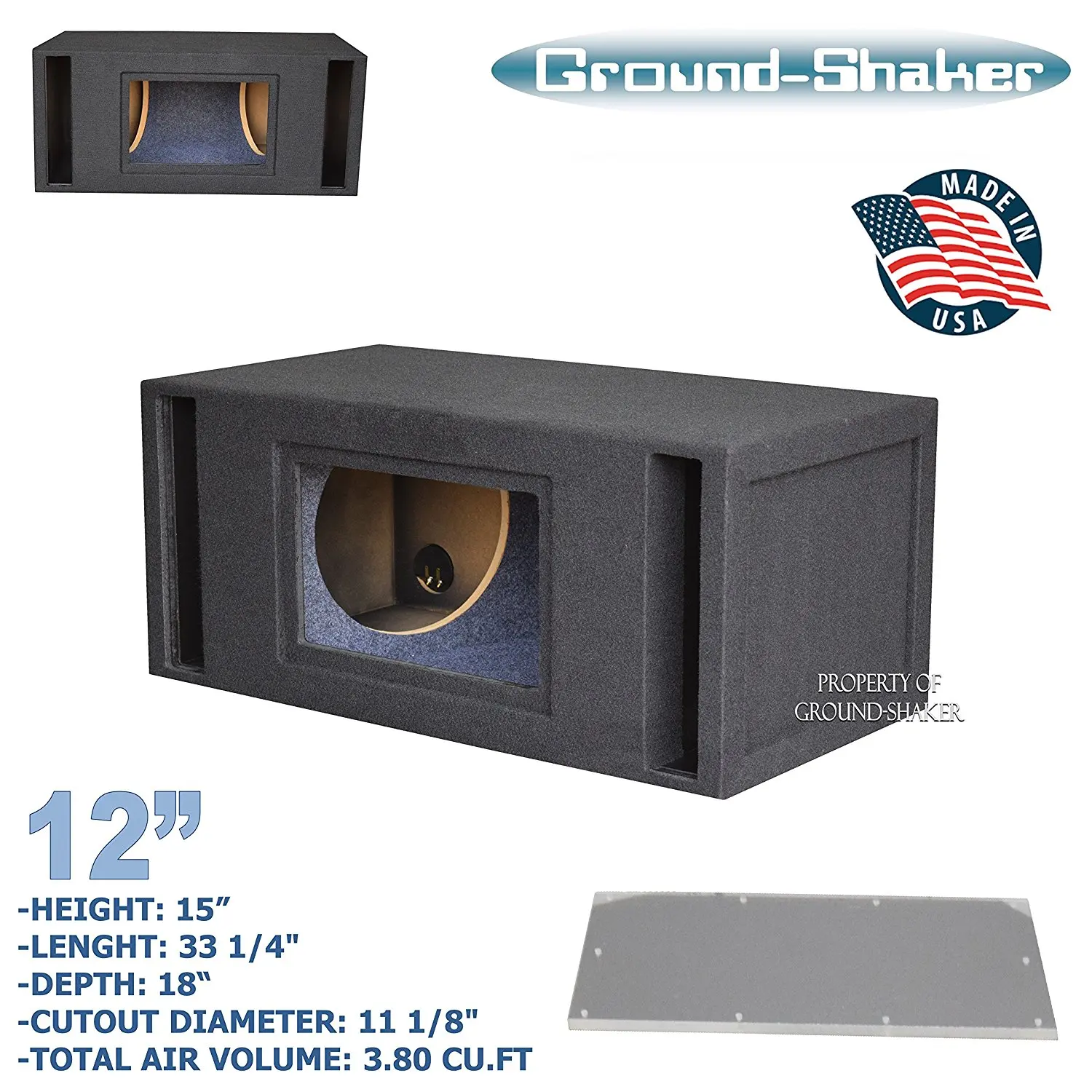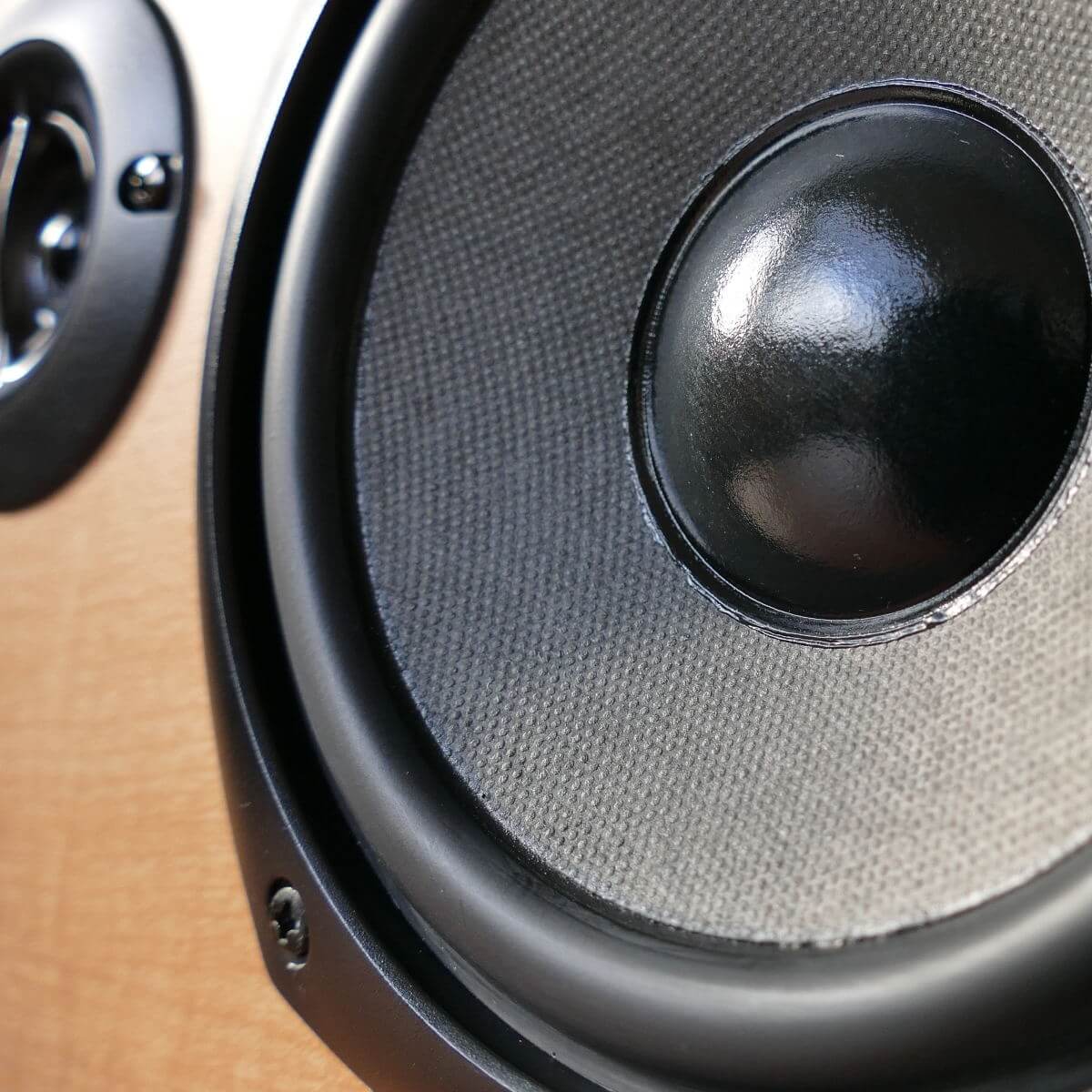

Īlthough more complex to design and tune, and not as easy to analyze and calculate as other designs, the transmission line design is valued by several smaller manufacturers, as it avoids many of the major disadvantages of other loudspeaker designs. Modern TL speakers were described in a 2000 review as "match reflex cabinet designs in every respect, but with an extra octave of bass, lower LF distortion and a frequency balance which is more independent of listening level".
TOP BOX SPEAKER ENCLOSURE DESIGN DRIVER
Acoustically, TL speakers roll off more slowly (less steeply) at low frequencies, and they are thought to provide better driver control than standard reflex cabinet designs, are less sensitive to positioning, and tend to create a very spacious soundstage. As a rule, transmission line speakers tend to have exceptionally high fidelity low frequency response far below that of a typical speaker or subwoofer, reaching into the infrasonic range (British company TDL's studio monitor range from the 1990s quoted their frequency responses as starting from as low as 17 Hz depending upon model with a sensitivity of 87 dB for 1 W 1 metre), without the need for a separate enclosure or driver. Transmission line loudspeakers designs are more complex to implement, making mass production difficult, but their advantages have led to acclaim for a number of manufacturers such as IMF, TDL, PMC.

The transmission line acts as an acoustic waveguide, and the padding both reduces reflection and resonance, and also slows the speed of sound within the cabinet to allow for better tuning.

Used correctly, such a design ensures that undesired resonances and energies, which would otherwise cause undesirable auditory effects, are instead selectively absorbed or reduced ("damped") due to the effects of the duct, or alternatively only emerge from the open end in phase with the sound radiated from the front of the driver, enhancing the output level ("sensitivity") at low frequencies. The pathway is often covered with varying types and depths of absorbent material, and it may vary in size or taper, and may be open or closed at its far end. Inside a transmission line (TL) loudspeaker is a (usually folded) pathway into which the sound is directed. Instead of reverberating in a fairly simple damped enclosure, sound from the back of the bass speaker is directed into a long (generally folded) damped pathway within the speaker enclosure, which allows far greater control and use of speaker energy and the resulting sound. A transmission line loudspeaker is a loudspeaker enclosure design which uses the topology of an acoustic transmission line within the cabinet, compared to the simpler enclosures used by sealed (closed) or ported (bass reflex) designs.


 0 kommentar(er)
0 kommentar(er)
